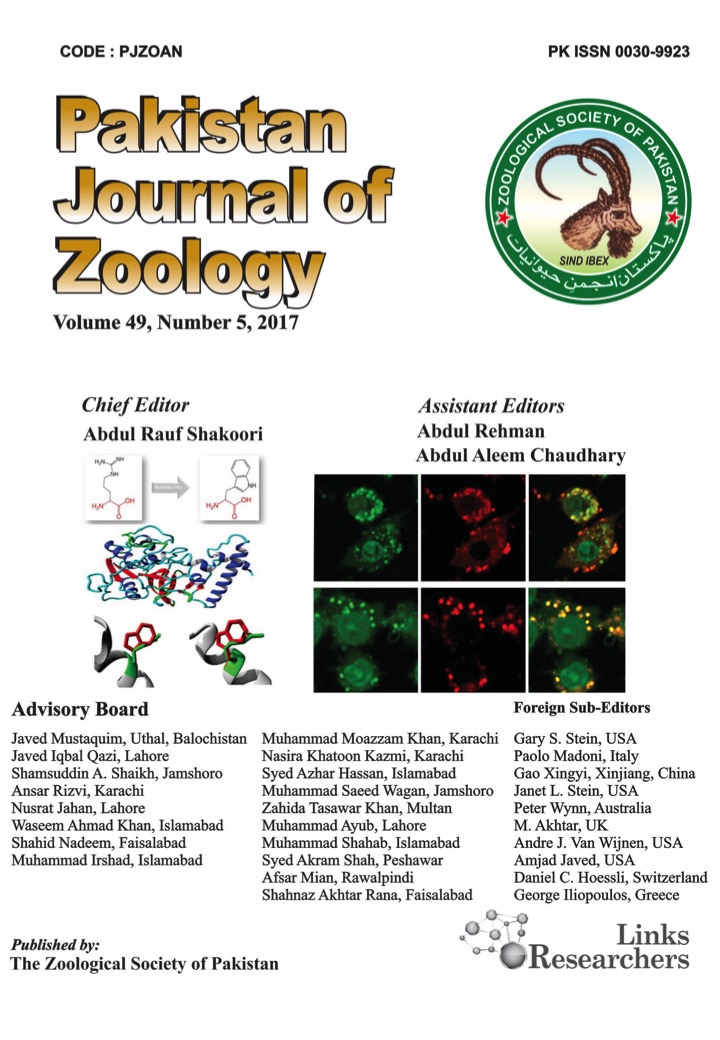Copper Oxide Nanoparticles: Synthesis, Characterization, and Their Biological Effects on Microbial and Cancer Cells
Copper Oxide Nanoparticles: Synthesis, Characterization, and Their Biological Effects on Microbial and Cancer Cells
Mosleh Mohammad Abomughaid
ABSTRACT
Nanomaterials applications in diverse fields are growing annually. The present study aimed to synthesize copper oxide nanoparticles (CuO NPs) and assess their biological impact on microbial and cancer cells. Synthesized nanoparticles are characterized using Fourier Transform Infra-Red (FTIR), Atomic force microscopy (AFM) and Scanning electron microscopy (SEM). Anti-microbial performed using gram-positive, gram-negative, and fungal species. A549 cells was used for anti-cancer studies. The UV visible spectra of the reaction mixture showed a peak at 308 nm, and it represents the copper oxide nanoparticles that have been synthesized. The FTIR analysis of CuO NPs showed the absorbance range between 422.38 cm-1 to 3673.18 cm-1. This range reveals the presence of alkyl halides, aliphatic amines, nitro compounds, alkenes, aldehydes, alcohols, and phenols, respectively. AFM and SEM enables precise three-dimensional and two-dimensional mapping of the Copper oxide nanoparticle, the size of the CuO NPs was found to be 7.33 nm. CuO NPs shows dose dependent effect on these Gram-negative, Gram-positive bacteria and fungi. MTT assay was used for the determination of cell viability in A549 lung cancer cells. The IC50 was found to be 44.33 μg/ml. CuONPs induces reactive oxygen species (ROS) in a dose dependent manner in A549 cells. Presence of apoptotic cells was determined by staining the Annexin V/PI staining. A549 cells treated with CuO NPs, showed the apoptotic body formation. The synthesized CuONPs shows anti-bacterial effect against human bacterial pathogens and anti-fungal effects. Further, CuONPs showed anticancer effect by inhibiting the cell viability of A549 lung cancer cells by increasing ROS and inducing apoptosis. The synthesized CuONPs showed anti-bacterial, anti-fungal and anti-cancer effects.
To share on other social networks, click on any share button. What are these?









